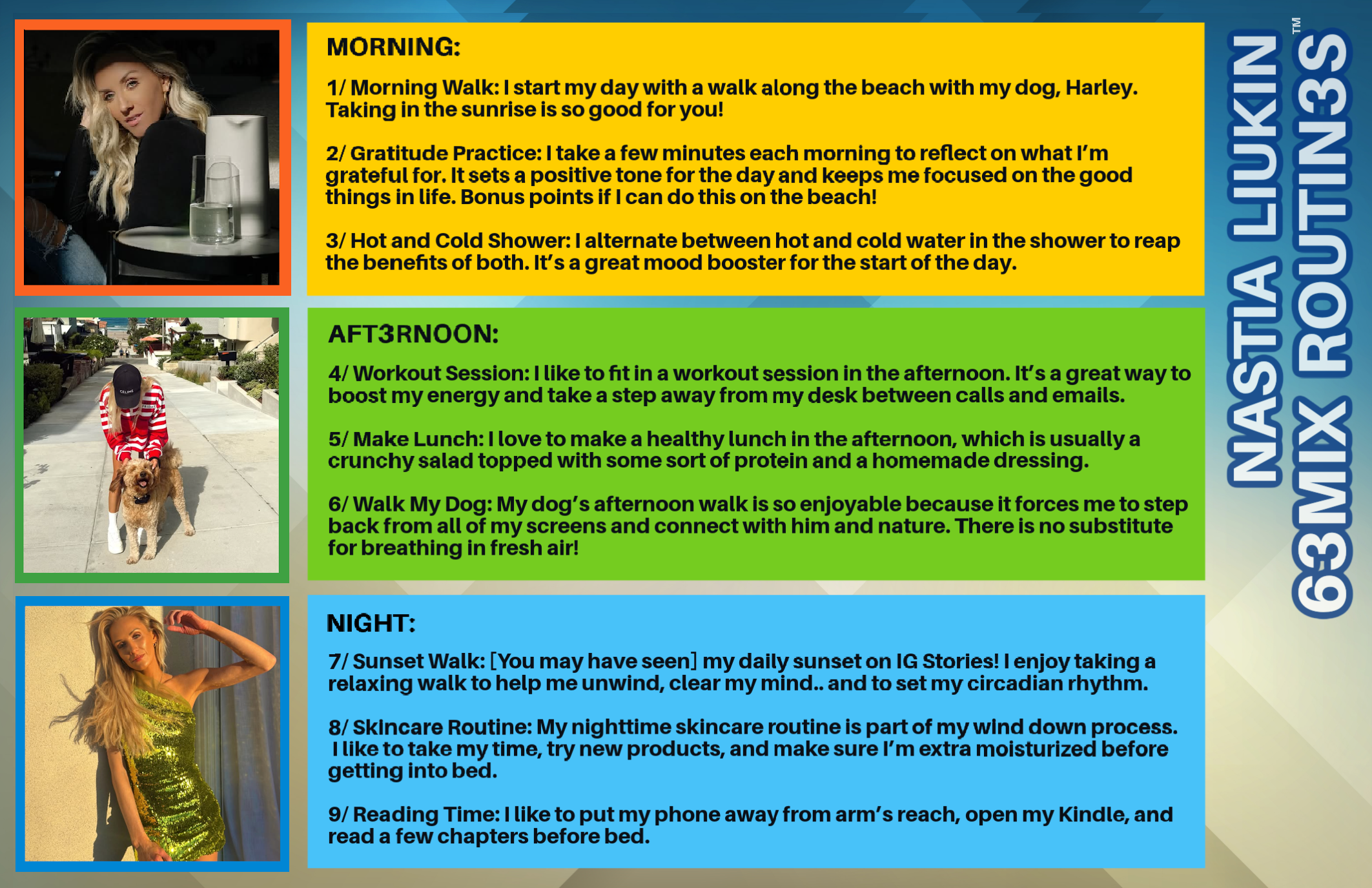PHOTO | David Lezcano
As we enter 2019, the Internet has ushered in a new trend of online support groups. These online communities have been a game changer for some people who struggle with addictions such as alcohol, drugs, eating disorders, PTSD, anxiety, and grief. Can people reap the same benefits from online groups as they can in ‘real life,’ in person settings? We turned to Carrie Carlton LCSW at Beachway Therapy Center in Boynton Beach, Florida for answers.
Benefits of Online Support Groups
1. Members can log in any time they need help. For instance, every time you feel a strong urge to drink, you may turn to community members for immediate support. Carrie Carlton offers, “This would be impossible with traditional face-to-face meetings. 24/7 support is especially crucial in the first, most fragile phase of alcohol withdrawal.
2. “Online communities tend to be more diverse, which gives you an insight into the struggles of people from different backgrounds. At the same time, the differences such as age, ethnic background, or gender are not obvious unless disclosed, which contributes to an egalitarian atmosphere,” says Carrie Carlton.
3. People suffering from social anxiety, disabilities, autism, or illness can participate in online meetings with more ease.
4. For those who live in small towns where meetings may be far away, or sparse, online access is very convenient.
5. Online meetings protect anonymity. Carrie Carlton explains that “Even though AA and NA (Narcotics anonymous) have rules about keeping who you see and what you hear in that room private, for people who are shy, truly being “anonymous” online might be helpful.”
LIMITATIONS OF ONLINE SUPPORT GROUPS
Lack of commitment: Though easy accessibility can be an advantage, it can also make it harder to form an attachment to the group and the individuals in it. Carlton states that “Sacrificing more time and energy to get to meetings tends to build more commitment to the group and decrease the chances that an addicted individual will stop attending and relapse.”
Online bullying: Unfortunately, cyberbullying is still a large problem. It can be very easy for a bully to sign up for an online support group, get access to chat rooms and message boards, and post abusive messages or even try to trigger people into relapse. Carrie Carlton points out that, “People tend not to try this kind of thing at in-person meetings as they would have to deal with immediate consequences and would not be anonymous.”
Miscommunication: Carrie Carlton points out that, “It can be difficult to convey tone online. People tend to have significantly more misunderstandings when interacting over the Internet because they can’t hear each other’s tone of voice or see facial expressions.” This can possibly be helped by the use of video conferencing, but lag and poor picture quality can still cause problems.
Lack of True Fellowship: With groups such AA, people are able to meet face to face and often see the same members repeatedly at meetings. Group members introduce themselves by first name each time they speak. This allows other members to put a face with a name. In addition, AA and other support groups often have fellowship activities such as yoga, holiday dinners, or other group activities. It is very difficult to foster this sense of community and closeness in the virtual world.
WHAT IS THE IDEAL ANSWER TO INTERNET VERSUS “REAL LIFE MEETINGS?”
“For anyone who is a danger to themselves or others, they need a much higher level of care in a confined facility, be it a detox, rehab, or in severe cases, a psychiatric hospital. Once addicts/alcoholics are “stable” the best-case scenario is to attend meetings regularly, get a sponsor, and practice “fellowship” with others in your group,” says Carrie Carlton. Online support groups can be a helpful supplement to in-person meetings, one on one sessions with a therapist, or intensive outpatient therapy. Thanks to 21st-century technology and the prevalence of 12 step meetings, there is no reason people have to choose one method or the other.
Get the latest issue of Athleisure Mag











